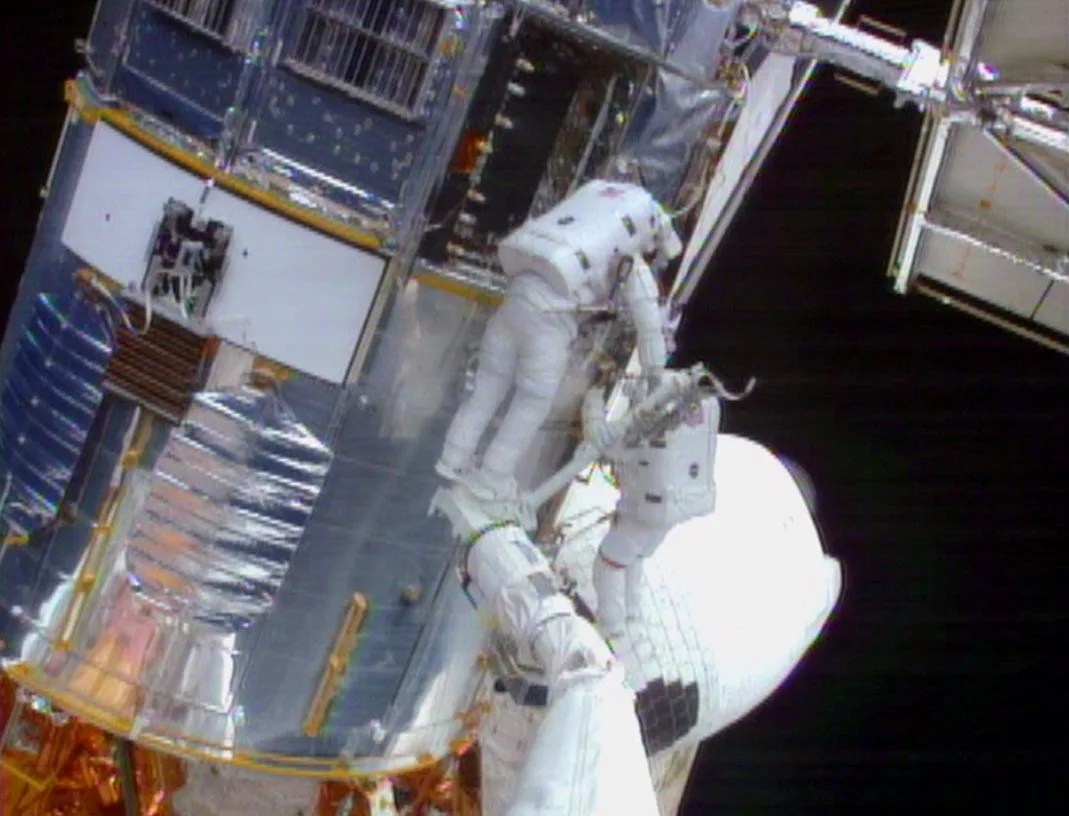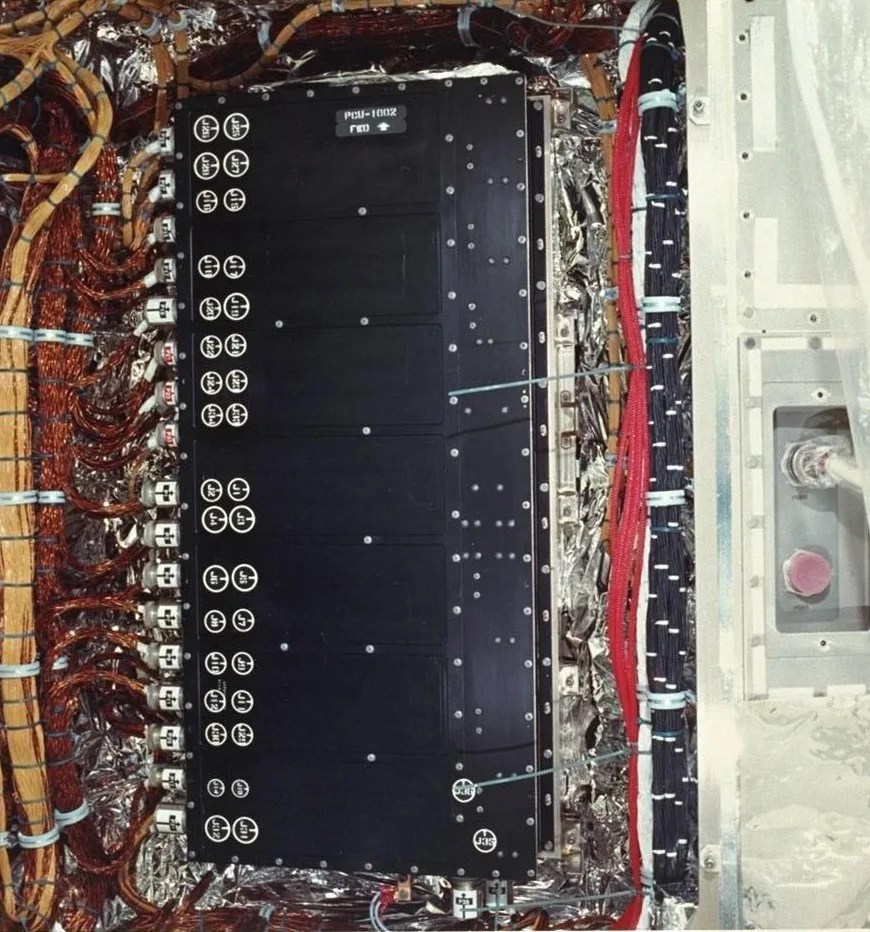4 min read

NASA's Goddard Space Flight Center
In celebration of the 25 years since the Hubble Space Telescope’s April 1990 launch, NASA’s Goddard Space Flight Center in Greenbelt, Maryland, is releasing a series of videos showcasing moments in Hubble’s history that were memorable for Goddard’s engineers and flight operators.
The first video, “Hubble Memorable Moments: Powering Down,” describes replacing the Power Control Unit during Hubble Servicing Mission 3B in March, 2002.
The Power Control Unit distributes energy from Hubble’s solar arrays and batteries to all the components of the telescope – it is Hubble’s figurative “heart.” In 1999, engineers discovered that a small connection had loosened over time and was causing issues with the unit’s batteries. If the Power Control Unit was left in that condition, it could unpredictably fail at any point over the next several years.
People started looking into how long the telescope would last and what, if any, options there were for working around the problem. The assumption was that it would be too difficult to replace the Power Control Unit itself. But astronaut John Grunsfeld, who had completed one Hubble servicing mission already, asked, “Wait a second, how do we know it’s too hard to change out?”
Efforts began in earnest to see if it would be possible for Grunsfeld and fellow astronaut Rick Linnehan to replace the unit. People had good reasons to be skeptical. Changing out the Power Control Unit involved getting through a lot of bolts and hard-to-move harnesses, and then maneuvering 36 individual connectors with thick astronaut gloves.
Meanwhile, the entire telescope would have to be powered off during the spacewalk. Past servicing missions had involved powering down individual components or subsystems, but shutting down all of Hubble’s power was unheard of. The powerless telescope would only be able to last in the freezing vacuum of space for so long before it would get too cold to power back on.

Switching out the Power Control Unit would be like performing a heart transplant, with one key difference – instead of the patient being connected to an artificial heart-lung machine and monitors during the surgery, it would be dead for the duration of the operation. The surgical team would have to perform the operation quickly enough that Hubble could come back to life after replacing its heart.
Engineers at NASA Goddard developed the tools with input from the astronauts and NASA’s Johnson Space Center in Houston, and that entire team developed the exact choreography for the astronauts’ task. Goddard thermal engineers and programmers worked out how to turn Hubble off and how long it could stay that way. After the math was calculated, the capabilities developed and the procedures rehearsed, Grunsfeld paid a personal visit to then-NASA Administrator Dan Goldin and told him, “I think we can fix it.”
Grunsfeld is now the associate administrator for the Science Mission Directorate at NASA Headquarters in Washington.
The Hubble team spent years preparing for this task, but in space, anything could go wrong. Watch the video to see how the operation played out on March 6, 2002, the day of the Power Control Unit spacewalk.
“Hubble Memorable Moments: Powering Down” can be downloaded at:
For more information about the Hubble Space Telescope and its 25th anniversary festivities, visit:
or
Contacts:
Katrina Jackson
NASA's Goddard Space Flight Center, Greenbelt, Maryland
Contacts:






